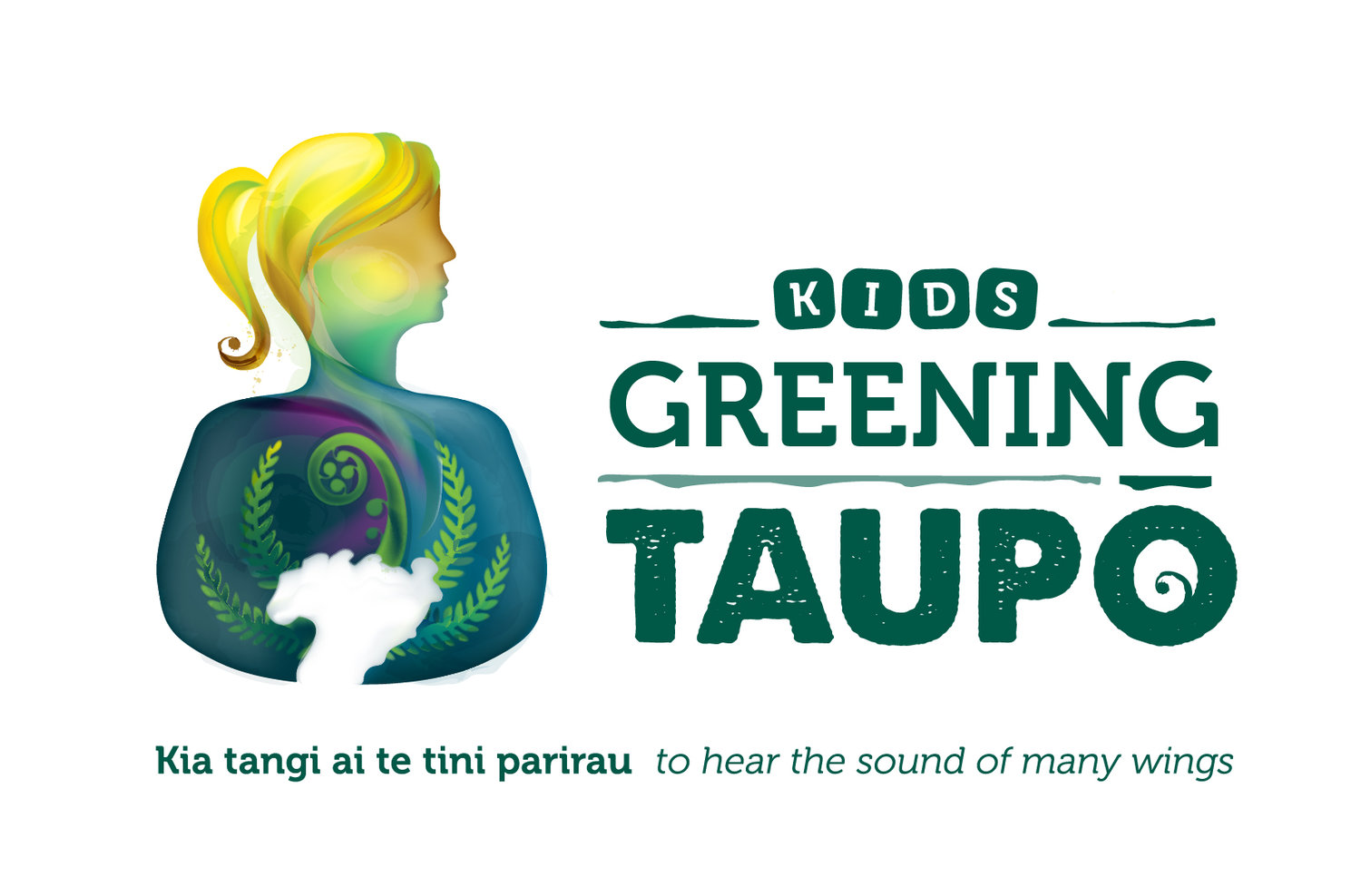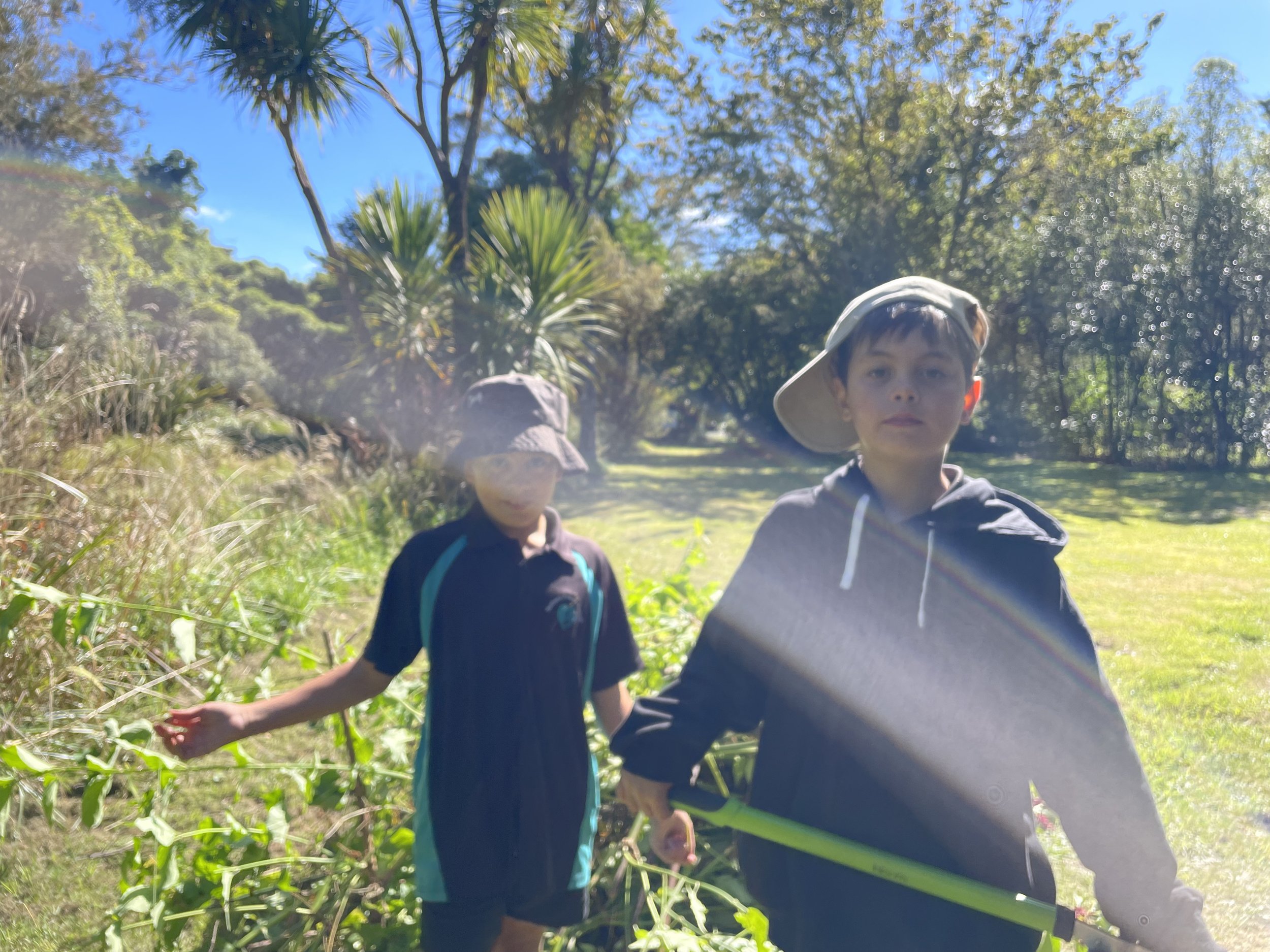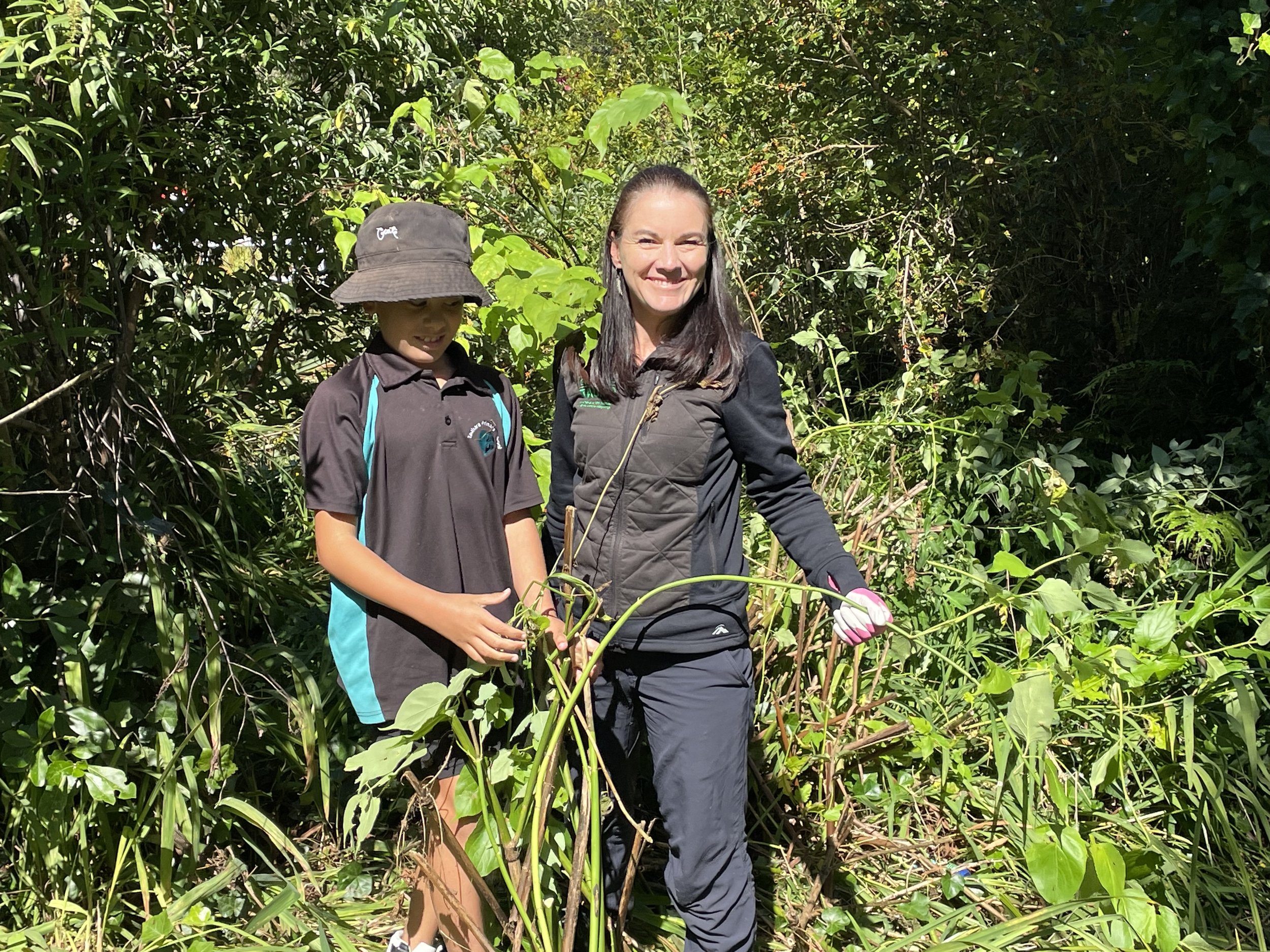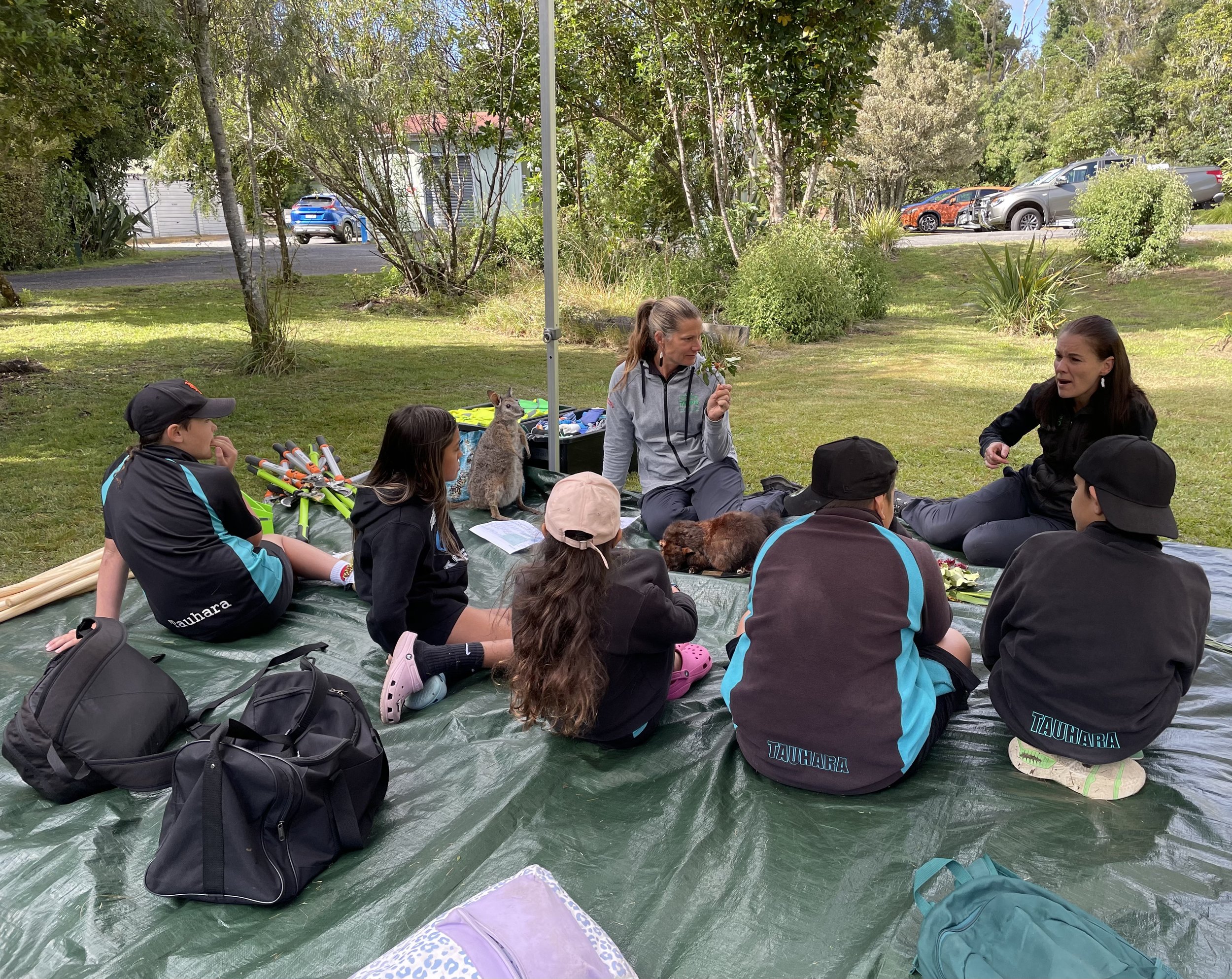Water of Life Expo
KGT had a fantastic couple of days running weeding sessions with the schools attending the Water of Life Expo at the Tongariro National Trout Centre with Waikato Enviroschools. Tamariki from Tūrangi to Taupō got to come and participate in various fun and interactive encounters and learn more about multiple aspects of our water. This included invisible trash, aquaponics, hydropower and energy generation. There were also learnings about flooding, pests, important native species and biocontrol. KGT’s station focused on how we can help our waterways by clearing weeds, and how weeds are spread by water, as it is a means of transport for both plant fragments and seeds. We also learned that some plants are bad weeds, as they can smother native plants and clog up waterways.
Lots of our tamariki and rangatahi already know about the invasive animals that we have in Aotearoa. Possums, for example, have become so problematic due to the lack of natural predators here. This means the numbers of animals explode and then they cause damage to our native environment. We have the same problems with plants and some plants that have been introduced to Aotearoa have no bugs or critters that want to eat them. This means they can grow much faster than some of our native plants and they become bad weeds. These become hard to remove. When these weeds grow by waterways they can change the river environment, so we lose nesting sites for birds and gain homes for predators like hedgehogs and stoats.
We don’t want weeds by our waterways but it is good to have native plants alongside them, they stabilise river banks, and act as filters stopping movement of polluting sediment and absorbing excess nutrients. This keeps our waterways clean and healthy . Native trees also provide habitats for many different species and shade the waterway keeping freshwater fish cool. Ti Kouka is a good tree to plant alongside waterways as helps to stabilise the banks as it has deep tap roots.
We found lots of weeding opportunities alongside the river and some great examples of weeds becoming invasive. We found ivy taking over an entire kōhuhu tree. It blocked the sunlight from reaching the tree and weighed down its branches. The tree looked really green from all the ivy, but on closer inspection the native tree beneath was starting to die, so we got to untangle the tree. We also sawed down big dogwood trees, cut and pasted massive Himalayan honeysuckle bushes, and pulled out montbretia bulbs and invasive plant seedlings. This created room for the koromiko and karamū that were also there. The kids loved it, and so did the kererū that was feasting on the native berries whilst watching our work. A big thank you to Jenny from Enviroschools for organising this event. It was a great opportunity to learn how precious water is and how we can help maintain the mauri of the water ways.













